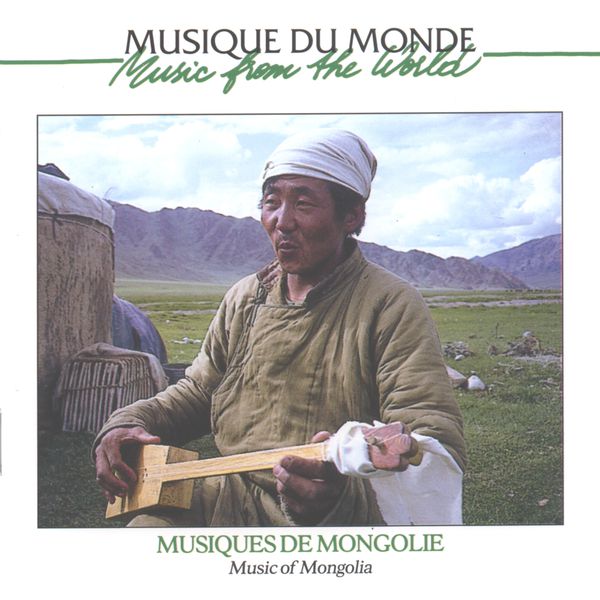The Qobuz music platform has taken on more than just the name of its stringed namesake. Like the original qobuz, we aim to communicate, to make connections and to transport you to another plane. The qobuz (also spelled kobyz or kyl-kobyz and roughly translated as “horsehair”) is the traditional, sacred and symbolic instrument of Central Asia. Linked to shamanic ritual, endowed with supernatural, magical powers and said to banish evil spirits and illness, the qobuz is a two-stringed horsehair violin that is played with a bow. It is believed by the Kazakh people to be their first instrument, which predates all others.
In the stories and folklore of the Kazakhs, there is said to be another world that exists alongside our own. Music is a form of art which has a special ability to touch the souls of the living by bringing them into contact with those of their ancestors: musical vibrations are said to be the calls made from the “world below” to the “world above”. Orally transmitted down the centuries, musical traditions form a living link between generations.
For the Kazakhs, the qobuz has witnessed an epochal change in traditional music. Although the deeper meaning of its melodies has disappeared over time, the oral tradition has at least preserved the echoes of a music that can touch the soul.
According to myth, it was within this world “between the steppe and the skies” that the first qobuz was invented by Korkyt-Ata, a kind of Kazakh Orpheus who wanted to defeat Death. As long as his bow was playing on the strings of an instrument that he had made specially, the “kyl-kobyz”, Death was unable to touch him.
Korkyt-Ata is considered the first shaman, because he was able to enter a sacred world whose doors are closed to other members of the community. The shaman understands the mysteries of, and the borders between, different cosmic planes. His modus operandi is the trance. Entering a trance is an invitation made to the world of spirits and gods. This call can be made with song, with drums, and above all… with the qobuz!
On closer examination, it can be seen how many parallels the myth of Orpheus has with the world of shamanism: love of music, closeness to the forces of nature and, the most powerful of all: death…
During a shamanic ritual, the qobuz sets the pace of the journey into the world beyond. It allows the opening of the gate into the home of the ancestors, represented by a mirror placed inside its sound box. As he plays, the musician looks into the mirror to communicate with the spirits of the ancients.
Generally made from a single piece of walnut or birchwood, a qobuz is 70-80cm long. An open sound box partially covered with camel skin serves as a sounding board. The two strings, made from 50 woven strands of horsehair, offer a broad sound palette. The qobuz produces a sound with a guttural timbre and a broad range, which is very rich in harmonics. This almost-otherworldly sound has an eerie beauty that is said to pierce the souls of the living and call to those of the dead.
Today we rarely bump into any shamans, but the tradition lives on and the qobuz is still played by many musicians today.
Translated by Barry Moore.
